I’m currently about 2 revisions into one of my middle grade books. It’s about this time, when I know my characters and have worked out the kinks in my plot, that I turn to Donald Maass’ Writing the Breakout Novel Workbook. This is only the second time I have used it, and I am having a heck of a lot of fun with it!
The workbook forces me to look at my novel from different perspectives. It can help pinpoint problems I didn’t know you had, and point out my strengths as well. I thought I knew my characters well? Think again. Thought my plot was as strong as could be? Think again. Using the workbook is humbling, frustrating—and exciting!
It’s humbling because I find out how much about my novel I didn’t know. Because it shows me how much I have to learn about the craft of writing. I will admit that there are a few chapters where I simply do not know how to do what he is asking. I understand what he wants—I can clearly see it in the examples he uses. But I have no idea how to find appropriate moments in my own work, and even if I could locate them, I wouldn’t know how to do what he suggests. But I will learn.
Mostly, I find using the book exciting! It stirs the creative pot and sets it boiling. I start seeing the book with different eyes, and my brain begins making all sorts of new connections. I know immediately that most of the new ideas bubbling up are better than what I have, will strengthen what I have, and will elevate the end product.
So where’s the frustrating, you ask? I end up with SO MANY new ideas! Volume of ideas is not bad, mind you. It is precisely these new ideas that make using the book so exciting. The problem comes when I look at all the new ideas and contemplate putting them into practice. It’s not the doing that I find daunting—it’s finding the TIME for doing this major revision.
Like many writers, Time is a four-letter word for me. When I look at the amount of revising I will need to do on this book, I don’t see how I’m going to get it all done before my toddler graduates high school. I despair sometimes that I will be the first 90-year-old debut middle grade author in history.
But then I gather myself. I remind myself that even though I have 6 pages of typed notes and a copybook with even more hand written, all I need to do is focus on one change at a time. Do one thing at a time and eventually I will see the end of the road. I have done it before, I can do it now.
By cutting that daunting revision down to size, the despair lifts, and I am left with the excitement I started with. New ideas, new connections, new depth…
I can’t wait to dive in!
Do you use the Breakout Novel Workbook–or a similar book? Has it helped you?
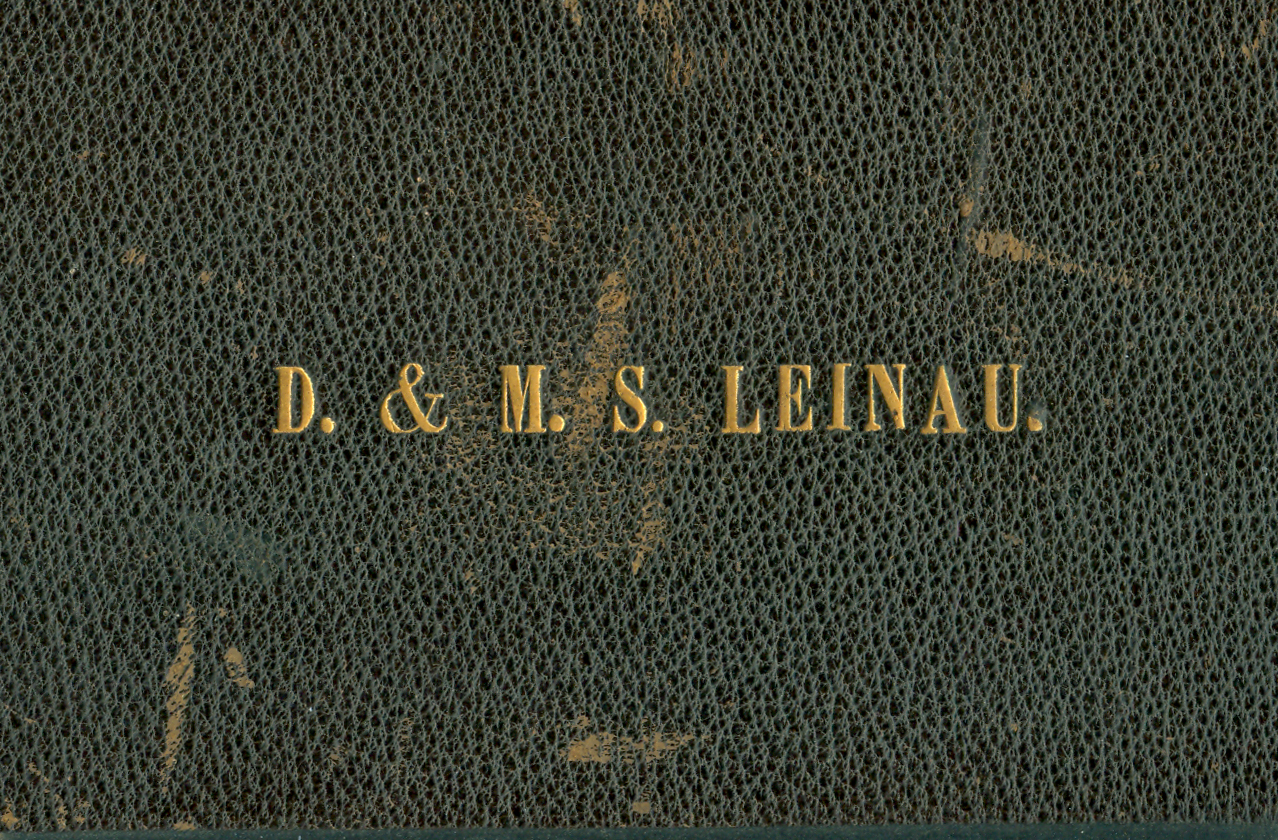
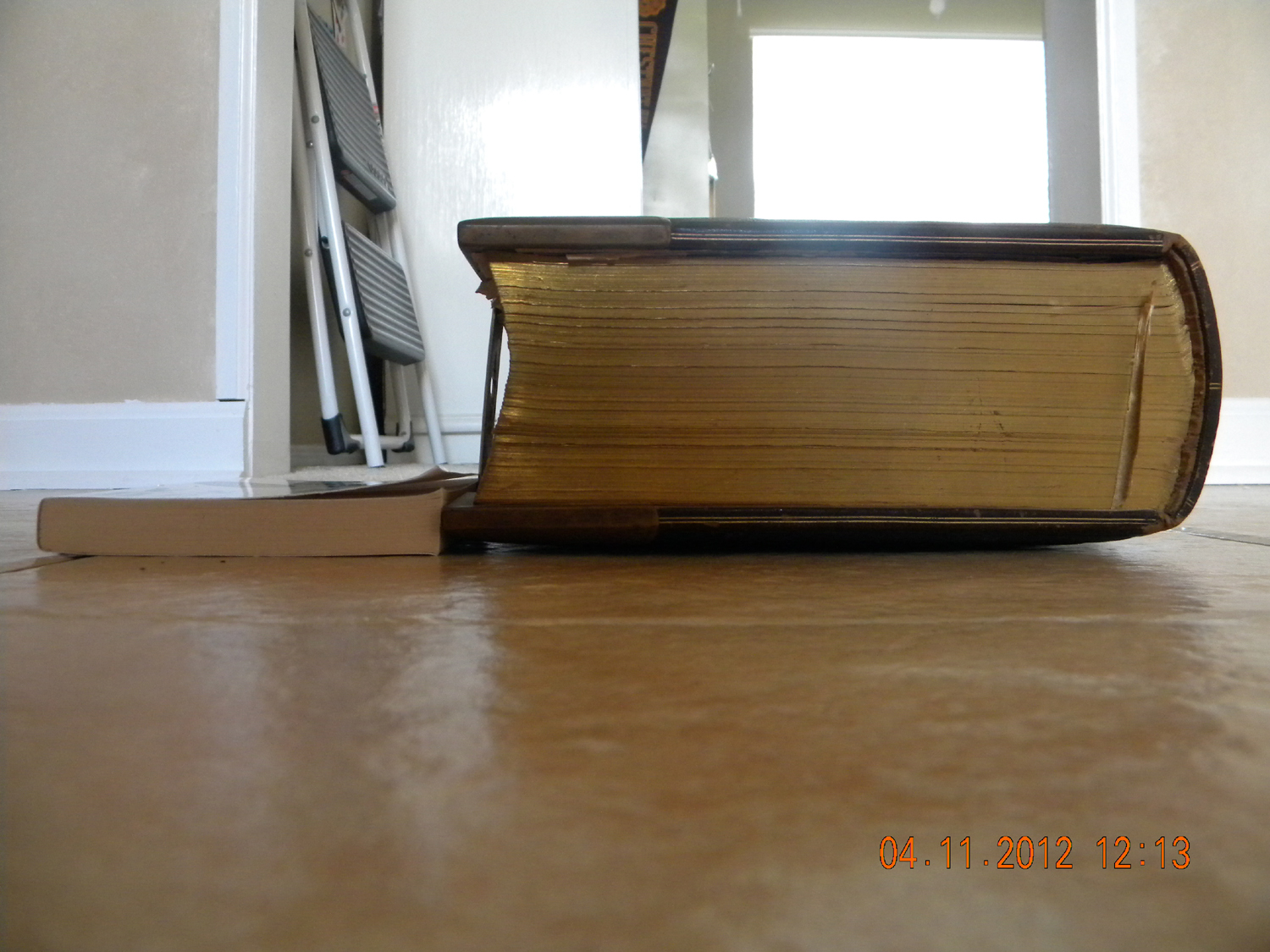
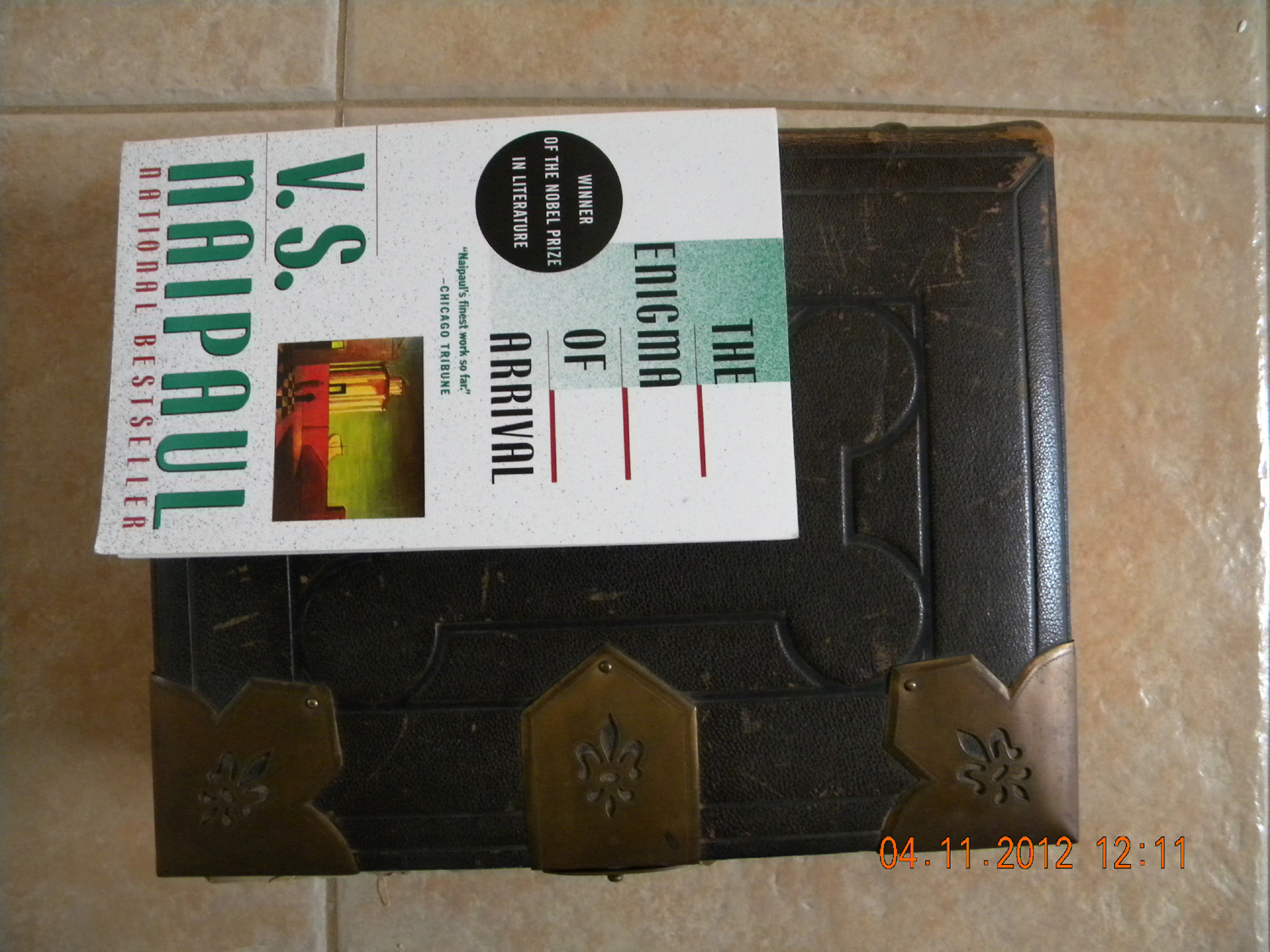
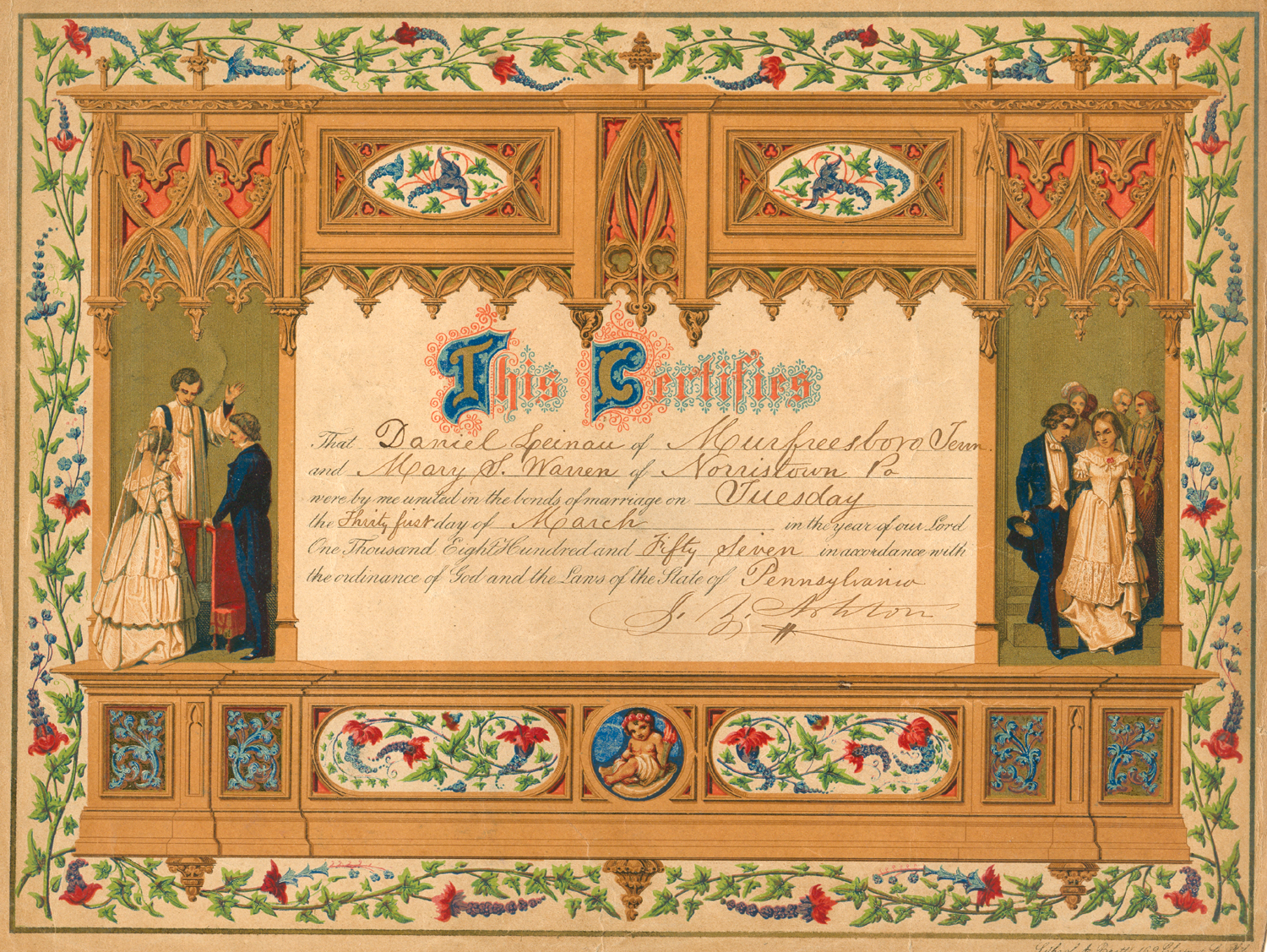

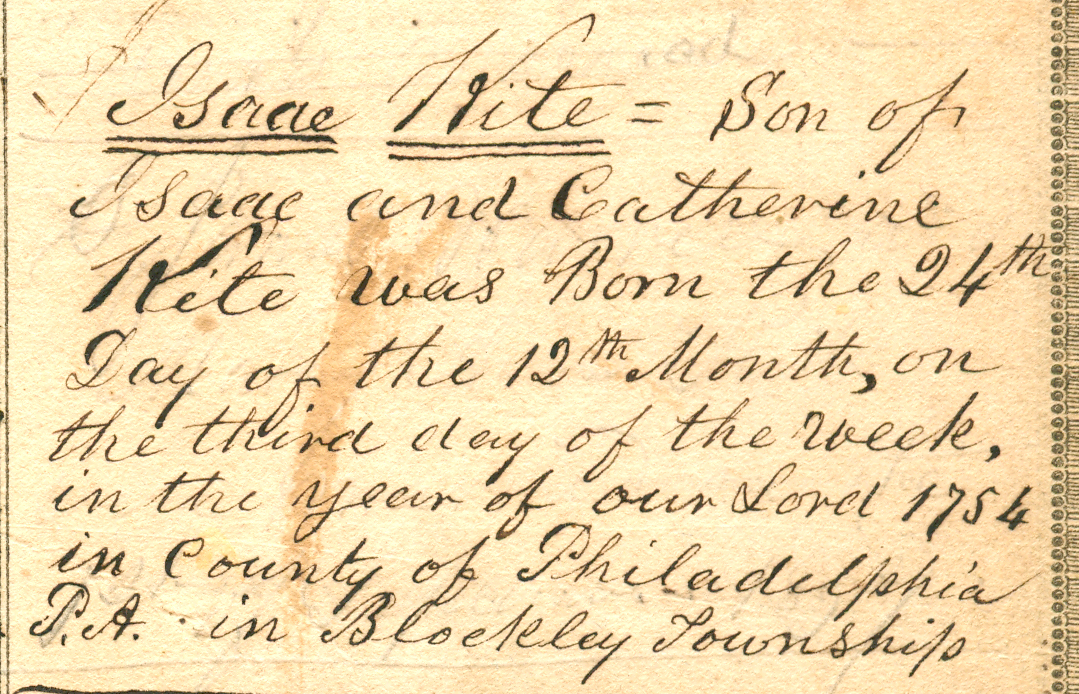
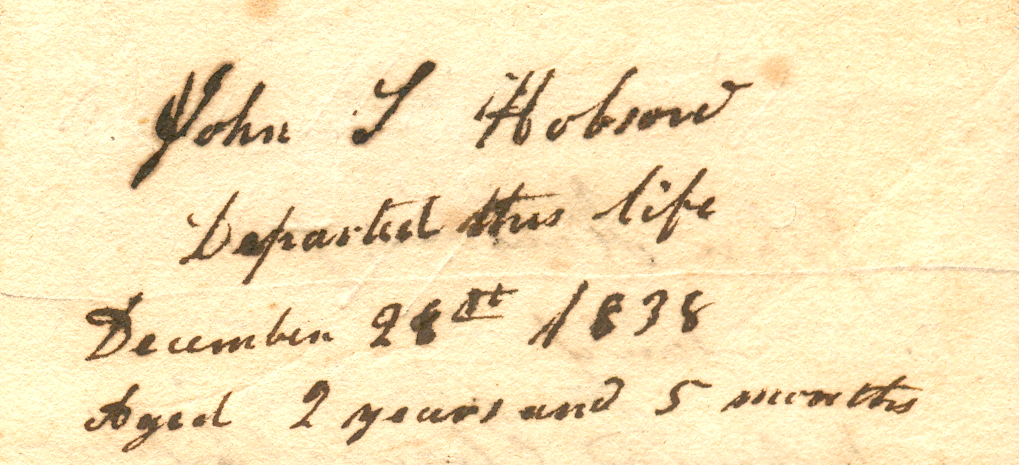
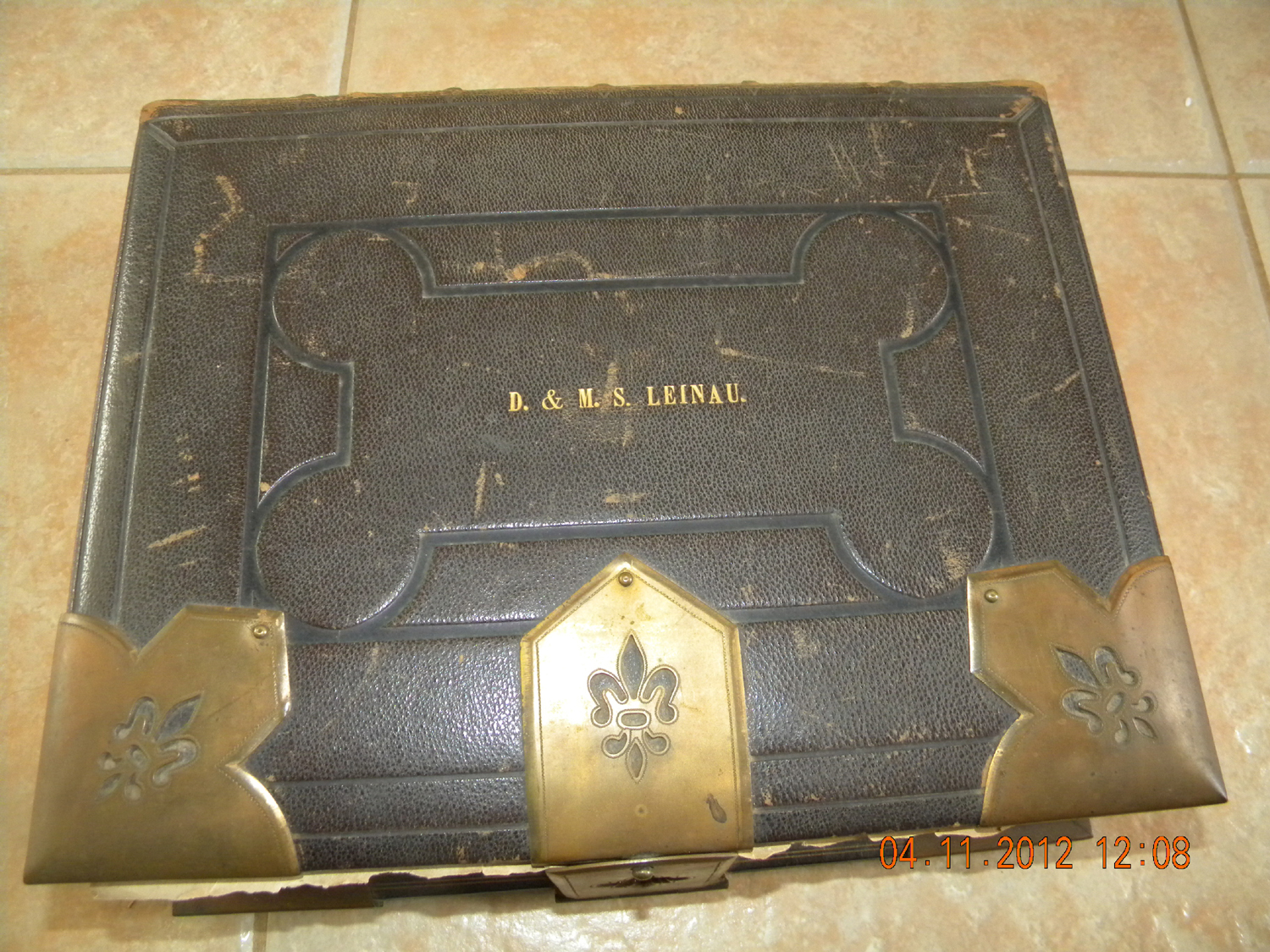
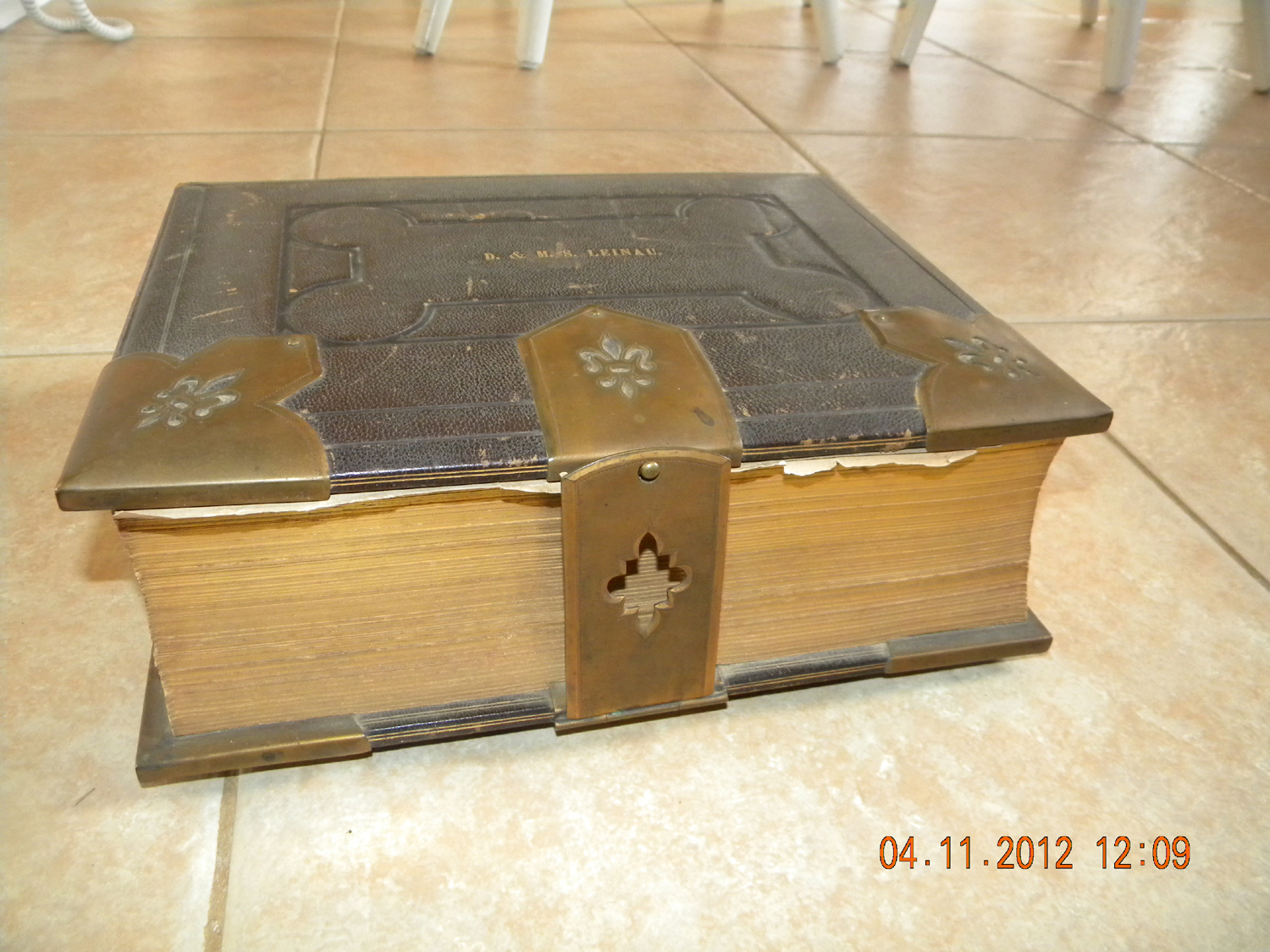
The Fear of Writing Badly
I have heard many writers say that part of writer’s block may be the subconscious fear of writing poorly. Of turning out dreck. And this is also the reason some people never start writing in the first place—if it’s not going to come out perfectly the first time, it’s too much work.
I can honestly say I have never been plagued by this particular writing demon (which is rather shocking given the plethora of anxieties I DO have). My key to freedom is twofold:
1) I cannot help but write poorly.
2) Anything I write can be fixed.
Number one is important because nothing we write will ever be perfect. There are some days the writing flows, but then there are the days when every word is a struggle and what comes out is utter blech. It is unavoidable that you will write poorly sometimes. Worrying about it is rather like worrying that the sun might come up in the morning. It’s going to happen no matter what you do.
And that’s okay.
Did you hear me? It’s okay to write crap. We all do it. And why is it okay? Because of statement number two: Anything I write can be fixed.
I am learning and growing as a writer all the time, but there are still things I need to work on. There are still facets of the writing craft I don’t fully understand. And much of my poor writing comes from these gaps in my continuing education. I make mistakes I don’t know I’m making, or even mistakes I know I am making but do not know how to fix.
Sometimes I learn what I need to know and can fix the poor writing myself. More often I need crit partners or editors to point out to me just what went wrong with the writing. By the time I have finished taking all of the feedback from my readers, crit partners, and editors and put it into practice, a wonderful thing occurs: My poor writing improves! And the more I work—the more I learn—the more it improves!
So don’t let fear of writing poorly hold you back. Write. Write well, write poorly, but just write. Because once the words are on the page, even the worst writing can be fixed. But if the words stay in your head, you can’t improve them. You can’t learn from them. You can’t transcend them.
Don’t fear bad writing—embrace it as a necessary step toward excellence.
Bad writing is never a failure—unless you don’t learn from it.